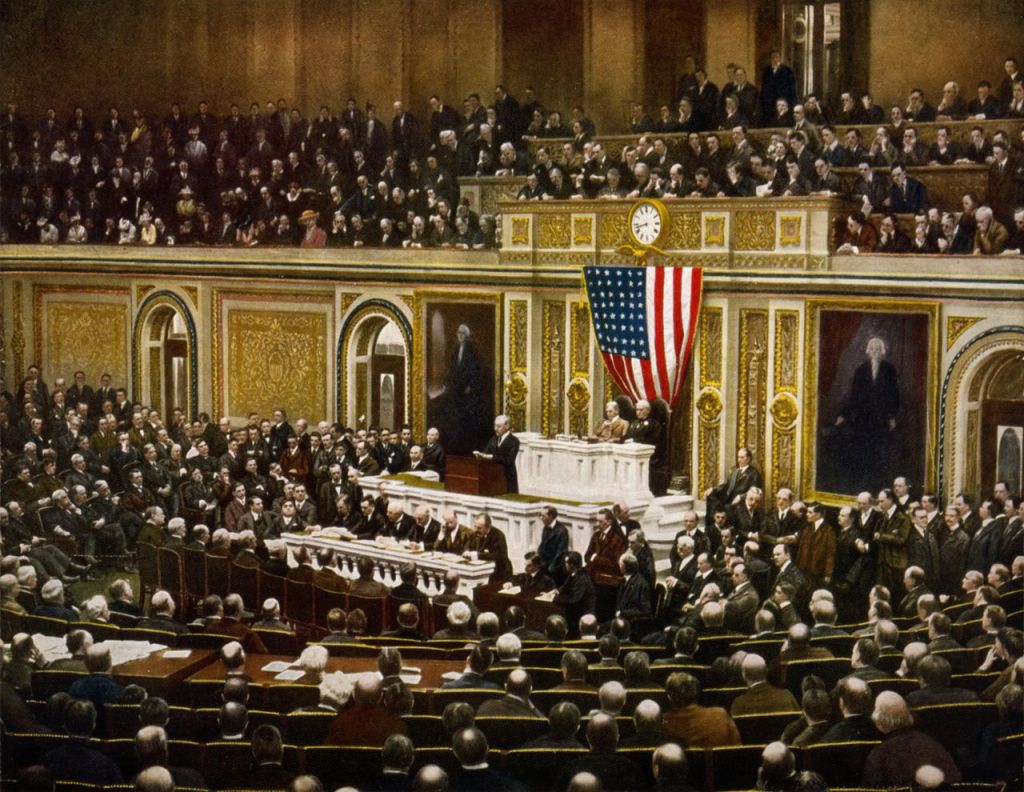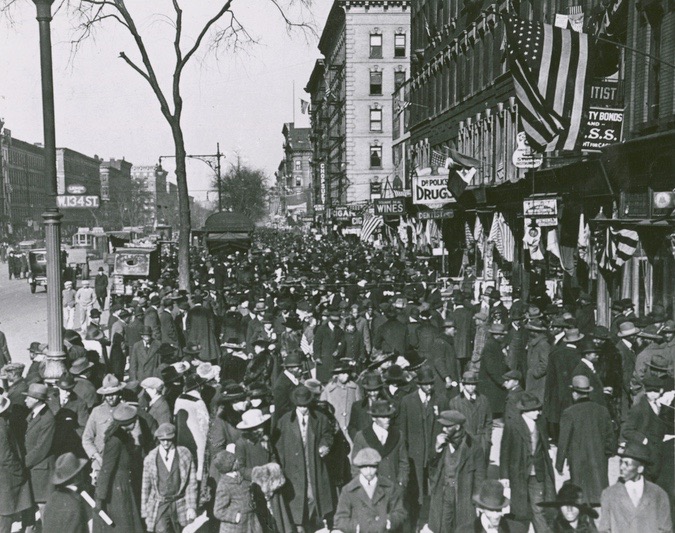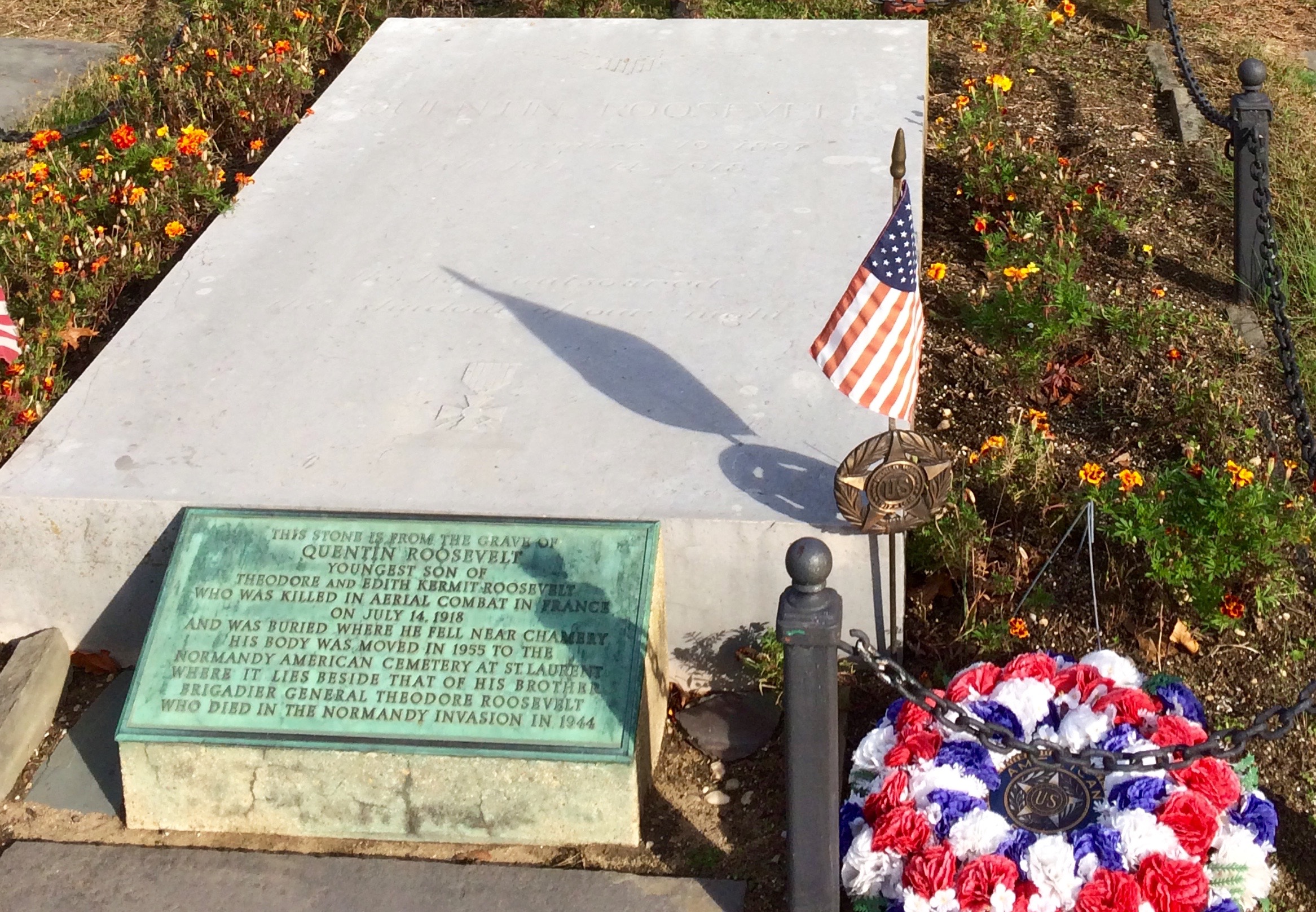
I received a missive yesterday from someone asking if I had today off, which at first surprised me; as a general rule November 11 is no longer a bank holiday in most locales, at least here in the States. It has been a long time now, but as I remember it when I worked at the public library twenty-five years ago we were closed for the observation. Many schools were off as well. I don’t believe that is still the case. Nineteen thirty-four was the first year that Armistice Day—today called Veterans Day—was marked as a legal holiday in the United States. Armistice Day 1934 was observed on November 12th, because the 11th fell on a Sunday. Seven thousand New Yorkers, including the Gold Star mothers we see above, turned out in Pelham Bay Park in the Bronx to mark the sixteenth anniversary of the end of the Great War. Almost 1000 men from the Bronx were killed in France. They had the traditional invocation and two-minute silence along with featured speakers and the like. Curiously, there was even a battle reenactment. It was just one of several events spread across the boroughs. Wherever you are, pause and reflect on those not-so-long-ago events still very much shaping our circumstances today.
(image/Gold Star mothers in Pelham Bay Park, Armistice Day observation 1934/NYPL Digital)















